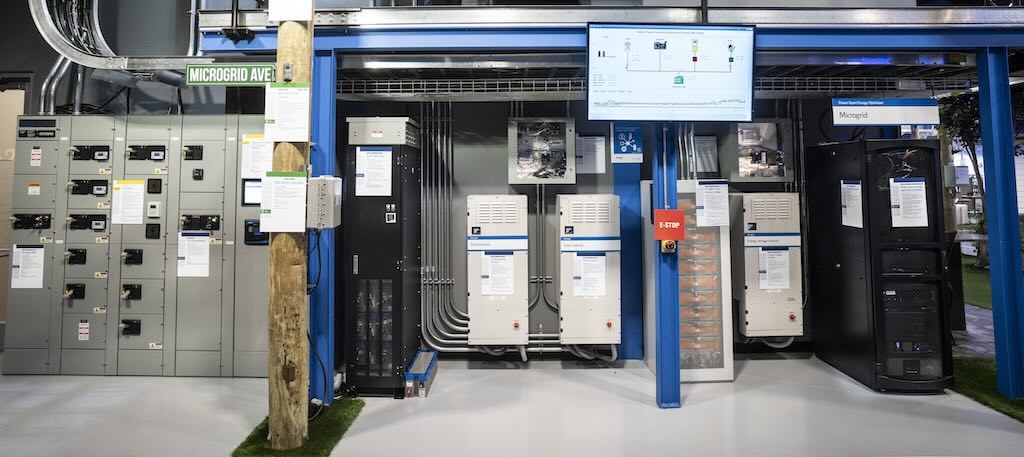So I'm at National Manufacturing Week, and I'm moderating the live Webcast PLANT ENGINEERING did that was sponsored by Kaman Industrial Technologies in conjunction with Rockwell Automation on the advantages of setting up a motor management program. In the course of our discussion (which you can now see on our Webcast archive at www.
So I’m at National Manufacturing Week, and I’m moderating the live Webcast PLANT ENGINEERING did that was sponsored by Kaman Industrial Technologies in conjunction with Rockwell Automation on the advantages of setting up a motor management program. In the course of our discussion (which you can now see on our Webcast archive at www.plantegngineering.com ), the question came up, “If a motor management program makes sense, why isn’t everyone doing it?”
That’s a question that needs to resonate with everyone as we look to the future of manufacturing. We have taken as many personnel costs out of the business equation in the last five years, and that was a painful process. Now we are faced with the question of taking more costs out of the plant manufacturing function, and personnel isn’t the obvious option any more.
The real cost savings coming down the line will be in doing things smarter, faster and more efficiently. It will be in making the right decisions about maintenance and equipment. One point raised during the motor management Webcast is that there are times when replacing a motor is most cost-effective than repairing it. It is that kind of knowledge that upper management looks to the plant engineer to identify and qualify.
‘If it ain’t broke, don’t fix it’ is a quaint enough expression, but plant engineers know it’s not that simple. Comprehensive maintenance programs can extend the life of machines. Smart capital expenditures that cost $1 today and save $5 throughout the life of the machine bring new efficiencies to the plant process. A well-trained staff can learn the latest ways to operate efficiently, and bring those ideas to work with them each day. Recycling of materials, energy conservation, water conservation and efficient electrical systems all reduce costs and preserve capital.
That’s the crucial point — at a time when the economy is ready to rebound, some would think the pressure to conserve might be loosening. It’s just the opposite: the truly smart engineer invests now in programs, procedures and training that preserves capital while raising productivity.
These are important times. One of the issues raised time and again by attendees at National Manufacturing Week is the need to further stretch their dollars and their staffs. Energy management was a big buzzword all week. Staring down the barrel of what could be a record summer for fuel prices, it’s not hard to see why. Automation was another hot topic, and not just automation of processes. One thing engineers are being asked to do is examine information that comes to them from throughout the plant and make strategic decisions on how that information will be acted upon.
The machines and automation may help us organize the knowledge in new ways. They may make that knowledge portable, transferable and even attractive to look at, but it is the innate knowledge of the engineer that turns that knowledge into action that preserves capital.
Acting on those ideas once you find them is the real issue. Some of them you’ll come up with on your own. Others you may borrow from the competition or others in your industry. (We’re used to that around here; other magazines “borrow” PLANT ENGINEERING ‘S good ideas all the time.)
“Why isn’t everyone doing this?” is an easy question for an editor to ask at a trade show. “What more could I be doing?” is a hard question plant engineers need to ask each day. The answer may determine whether your business process and productivity grow.
Fortunately, PLANT ENGINEERING is a good place to look for the answers. The implementation, however, is up to you.



